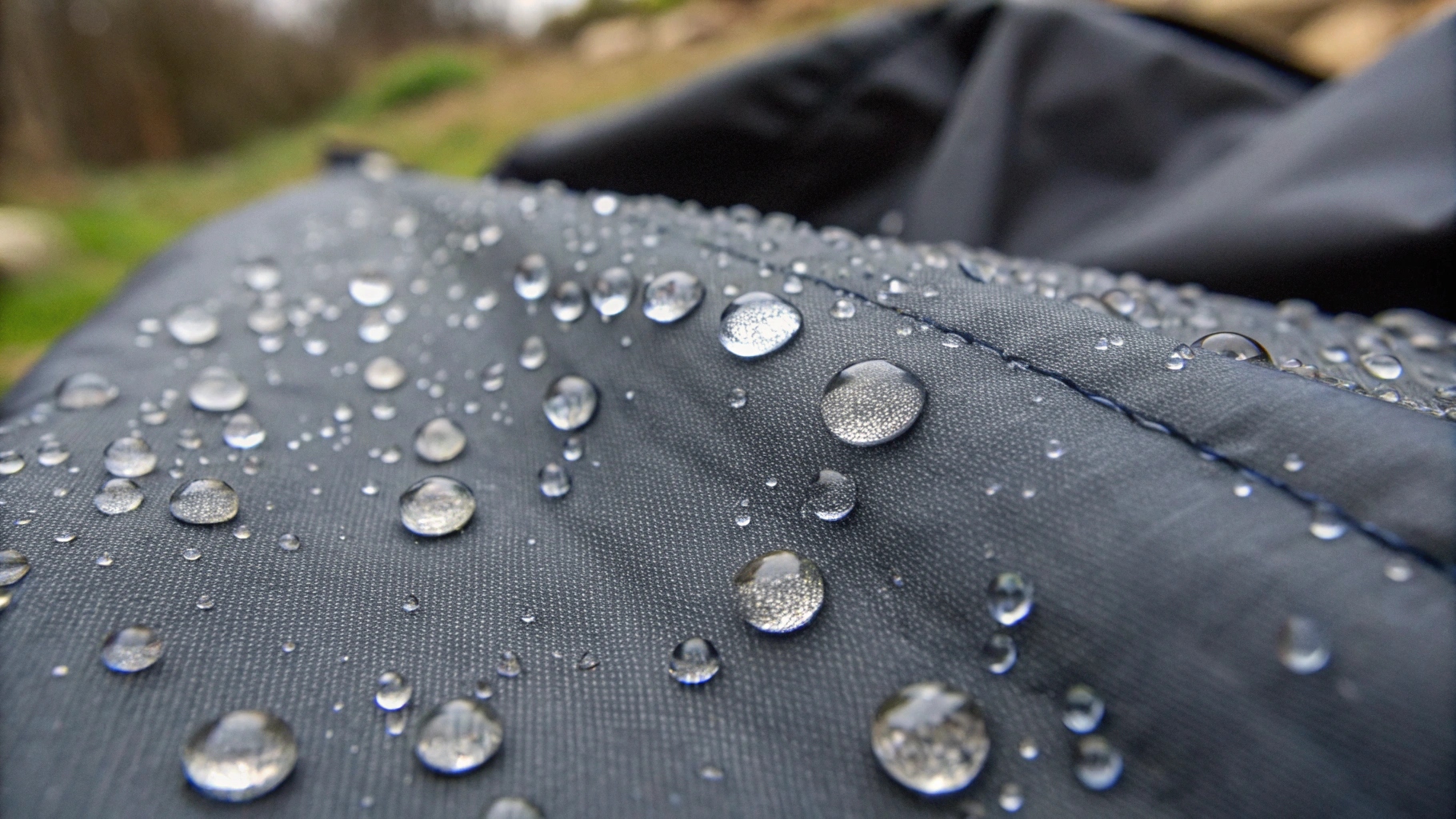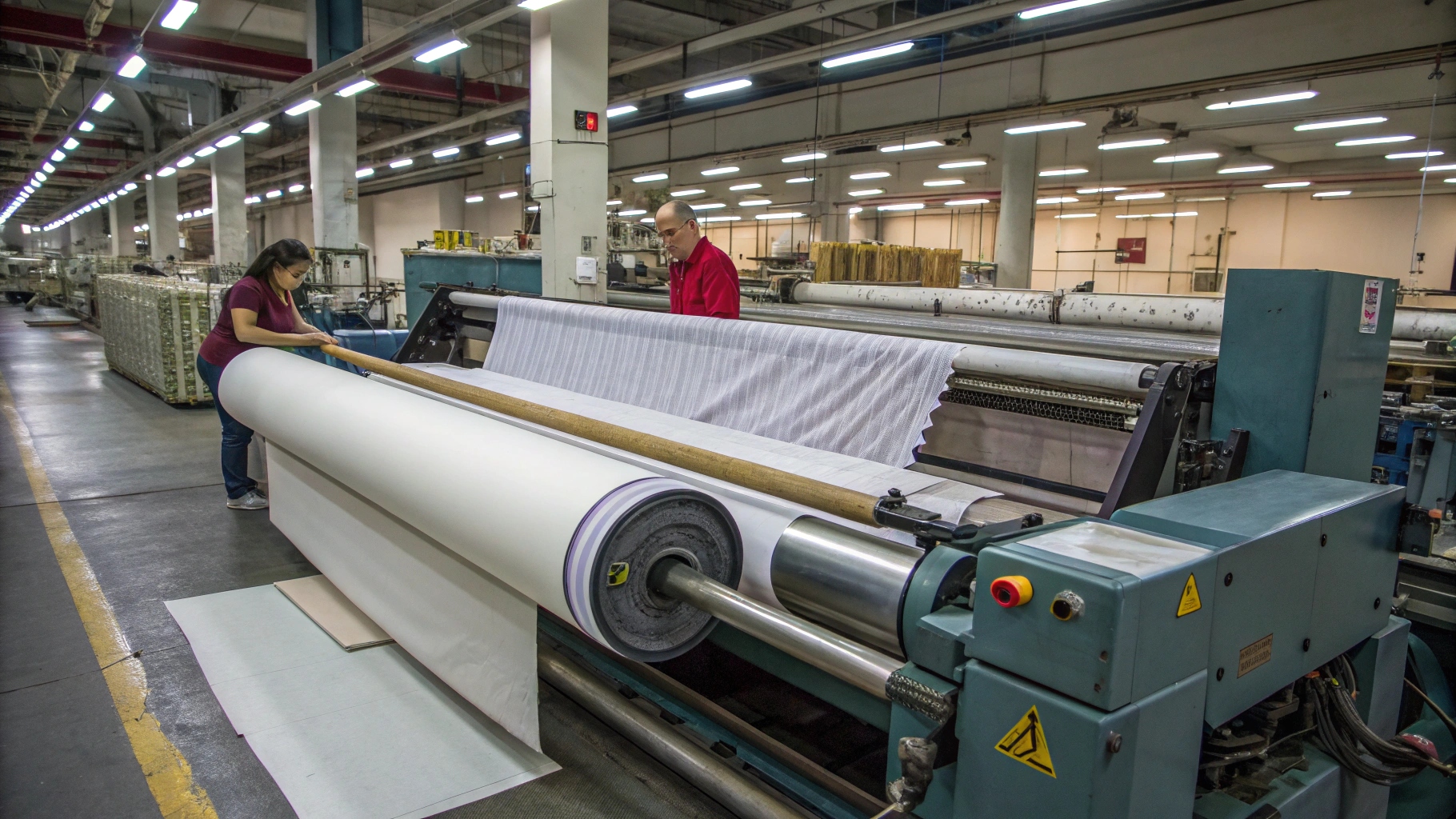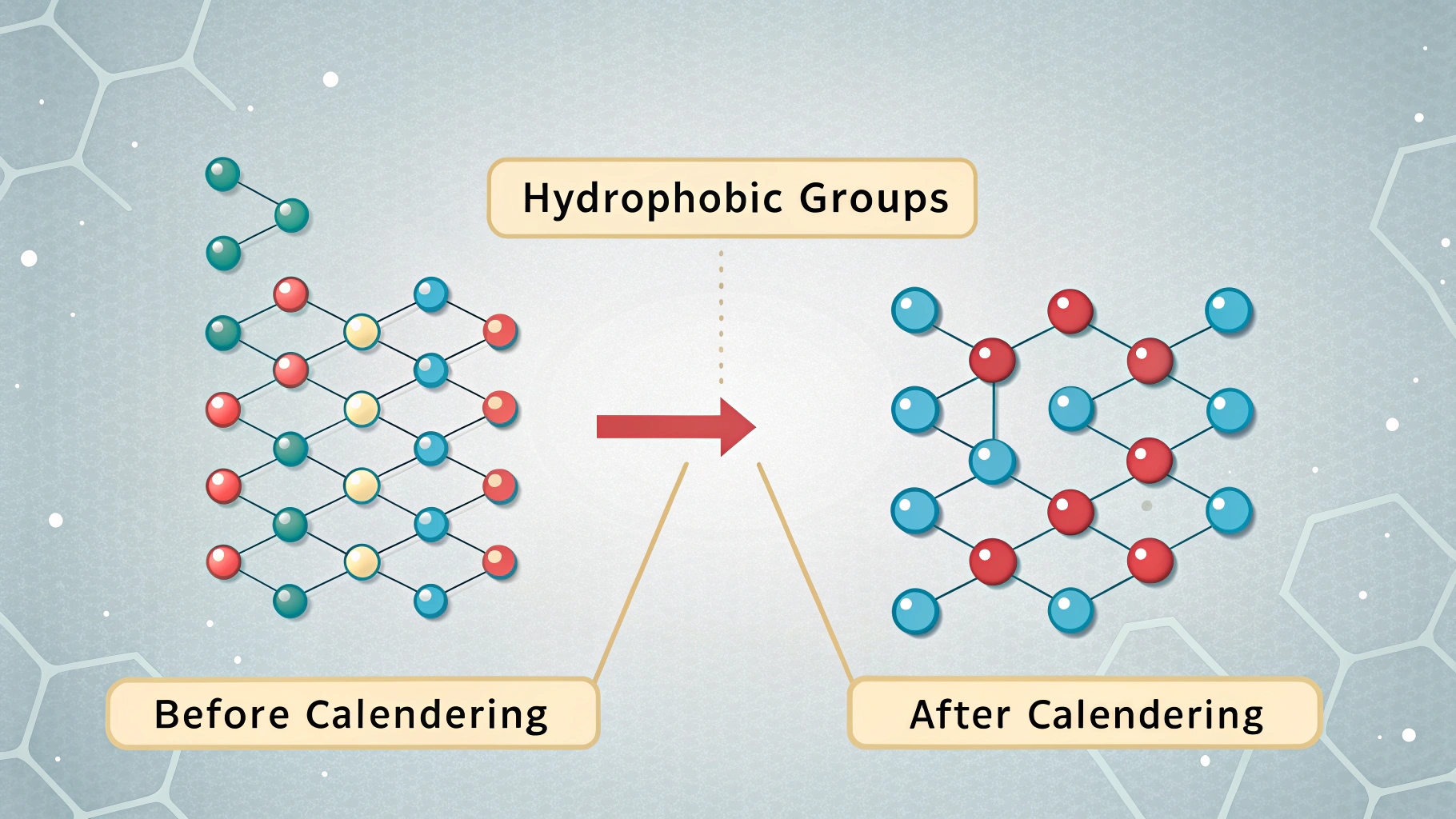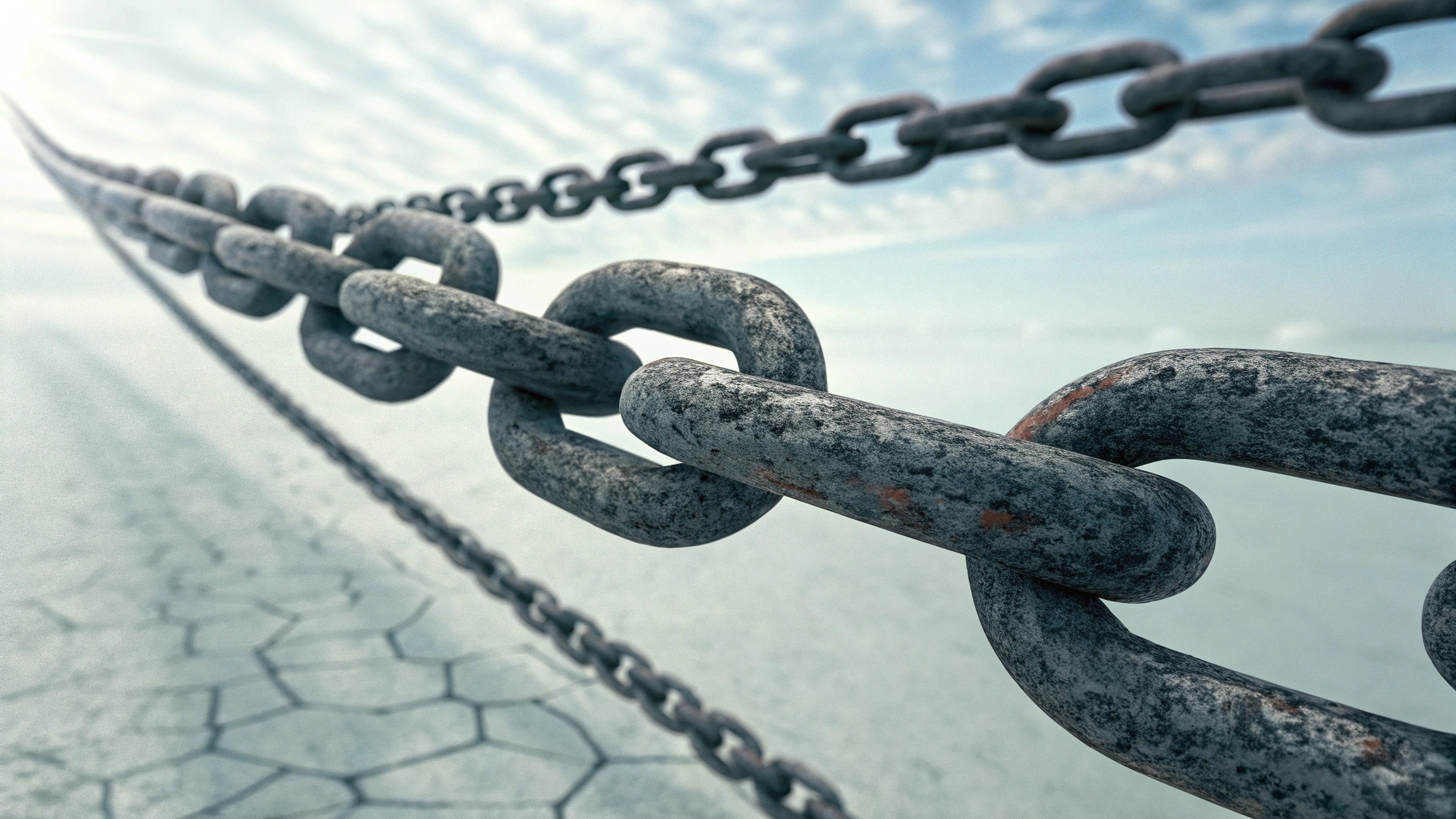Struggling with water repellency failing after calendering? This costly reprocessing damages your timeline and profits. You need a reliable solution that maintains quality through every finishing step.
The key to preventing water repellency loss is using a specialized water repellent engineered to withstand high temperatures. This, combined with optimizing your process parameters like liquid pick-up and temperature control, ensures the protective chemical finish remains effective after the heat and pressure of calendering.
It is one of the most common frustrations I hear about in a textile finishing plant. You work hard to achieve a perfect water repellency score on a fabric batch. It passes all the initial tests with flying colors. Then, it goes through the calendering machine to get that smooth, glossy finish, and the results are a disaster. The water repellency has dropped, the batch fails inspection, and you are back at square one. This demoralizing cycle is not just an annoyance; it is a major drain on resources. We need to dig into why this happens so we can finally stop it.
Why Do You Keep Reprocessing Fabrics After Calendering?
Are you tired of seeing finished fabrics land back in the reprocessing pile? This expensive loop is a major production headache. It is time to understand the cause.
Fabrics require reprocessing because standard water repellents break down under the intense heat and pressure of calendering. This degradation causes the waterproof grade to fall below the customer's specification, forcing a complete and costly do-over of the finishing process.
Breaking the Expensive Cycle
Reprocessing is more than just an inconvenience; it represents a significant financial loss. Every time a batch of fabric fails post-calendering, you are not just losing the cost of the initial chemicals. You are paying for everything all over again. This includes the labor to handle the fabric, the water and energy for washing and drying, and the new chemicals for the re-application. It also creates a bottleneck in your production schedule, potentially causing delays in shipments and hurting your relationship with clients.
I remember Chen Ning, our founder, telling me about a visit to a factory where this exact problem brought production to a halt. A massive order of nylon taffeta for cycling wear was failing quality control after calendering. The technical manager, much like you, was at his wit's end. The deadline was approaching, and the constant reprocessing was putting the entire order at risk. After a close look, we realized their methods were sound. The problem was not in their process but in the water repellent they were using. It simply was not designed to survive their calendering conditions.
Here is a look at what that costly cycle looks like compared to an efficient one.
| The Reprocessing Cycle | The Efficient Cycle |
|---|---|
| 1. Apply Water Repellent | 1. Apply Specialized Water Repellent |
| 2. Dry & Cure Fabric | 2. Dry & Cure Fabric |
| 3. Test: Pass | 3. Test: Pass |
| 4. Calender Fabric | 4. Calender Fabric |
| 5. Test: Fail | 5. Test: Pass |
| 6. Strip, Wash, & Redo | 6. Ship to Customer |
Why Does Waterproof Grade Drop from 5 to 2 After Calendering?
You achieve a perfect grade 5 water repellency. Then, after a run through the calender, it crashes to a grade 2. This huge drop feels unpredictable and hard to manage.
The waterproof grade drops because calendering's high heat and intense pressure disrupt the water repellent's molecular structure. The heat flattens the protective hydrophobic groups, preventing them from standing up to repel water. The fabric's protective shield is effectively disabled.
The Science Behind the Performance Drop
To understand this, let's use a simple analogy. Think of the water repellent molecules on your fabric's surface as millions of tiny umbrellas. When applied and cured correctly, all these umbrellas are open and pointing upwards. They form a dense barrier that causes water droplets to bead up and roll right off. This is what gives you that perfect grade 4 or 5 performance.
Calendering introduces two destructive forces: high temperature and high pressure. The heat makes the chemical structure of a standard water repellent unstable. The pressure from the rollers then physically forces these "umbrellas" to fold and lie flat against the yarn. The repellent is still on the fabric, but its functional structure is gone. It can no longer create the surface tension needed to repel water. This is especially true for fabrics like nylon taffeta, which often require high calendering temperatures to achieve the desired sheen, making them very susceptible to this problem. Sometimes, the effect is so bad that the grade drops to 0, leaving no water repellency at all.
Several factors influence how severe this drop in performance will be.
| Influencing Factor | Impact on Water Repellency |
|---|---|
| Calendering Temperature1 | Higher temperatures cause more damage to standard repellents. |
| Fabric Type | Synthetic fibers like nylon are often calendered at higher heat. |
| Water Repellent Type2 | Standard C6 or C8 repellents are more vulnerable than specialized ones. |
| Fabric Cleanliness | Any residues on the fabric can interfere with the repellent's bond. |
How Specialized Water Repellents Survive Calendering?
What if your water repellent could easily handle the heat of calendering? Imagine keeping a high waterproof grade without any reprocessing. This is achievable with the right chemical technology.
Specialized water repellents survive calendering because they are built with heat-resistant polymers and strong binders. These ingredients work together to form a tough, cross-linked film that locks the hydrophobic groups in place, keeping them functional even under extreme heat and pressure.
The Makings of a High-Performance Repellent
The difference between a standard water repellent and one that can withstand calendering lies in its core formulation. It is not just about the fluorine-based polymer that provides the repellency; it is about the entire support system built around it. A high-performance, calender-resistant repellent includes special additives that act like a scaffold. These are robust binders and cross-linking agents that create a durable, flexible, and heat-stable network on the fabric's surface.
This network holds the water-repelling "umbrella" structures firmly in their upright, functional position. When the fabric goes through the hot calendering rollers, this strong chemical structure resists being flattened. It protects the orientation of the hydrophobic groups, preserving the fabric's water-shedding ability.
This was the exact problem our founder, Chen Ning, tasked our R&D team with solving. We collaborated with a client who was consistently seeing their repellency on nylon taffeta fall from grade 5 to grade 2 after calendering. We studied their entire process—from their water source and liquid pick-up rate to the exact temperature of their rollers. Using this data, we provided a specialized water repellent from our portfolio. The result was transformative. After calendering, their waterproof grade was now a solid 4 to 4.5, only a minor drop of 0.5. This eliminated reprocessing entirely and stabilized their product quality.
| Feature Comparison | Standard Water Repellent | Calender-Resistant Repellent |
|---|---|---|
| Polymer Structure | Vulnerable to heat. | Thermally stable. |
| Binder System | Weaker, softens under heat. | Strong, heat-resistant binders. |
| Cross-Linking | Minimal. | Extensive cross-linking creates a durable film. |
| Post-Calendering Grade | Drops significantly (e.g., to Grade 2). | Maintains a high grade (e.g., Grade 4-4.5). |
Conclusion
Stopping water repellency loss from calendering is possible. It requires a heat-resistant water repellent and a full understanding of your process to get consistent, reliable, and outstanding results.





